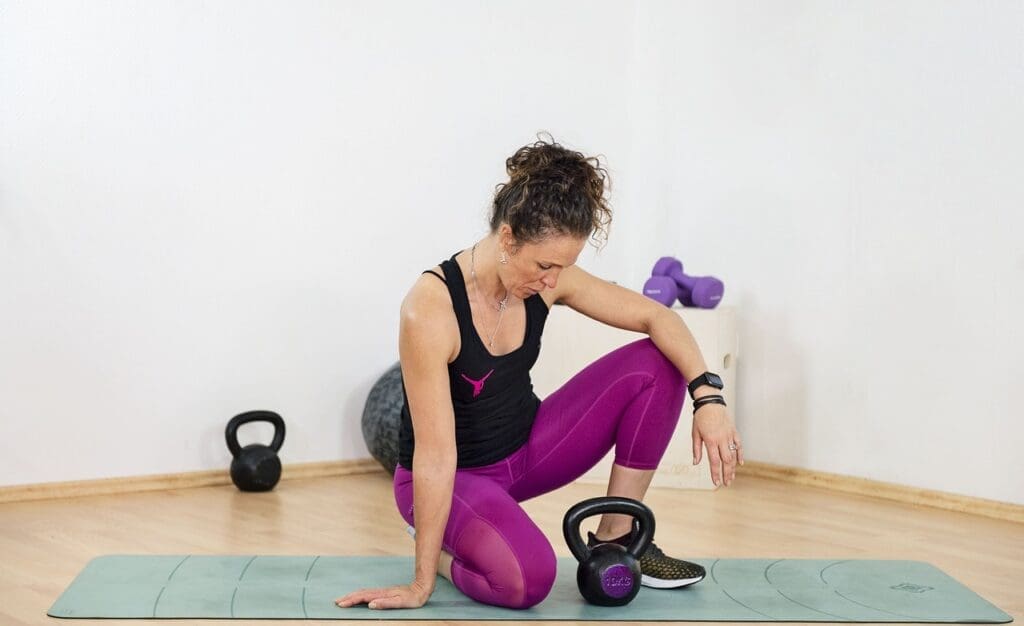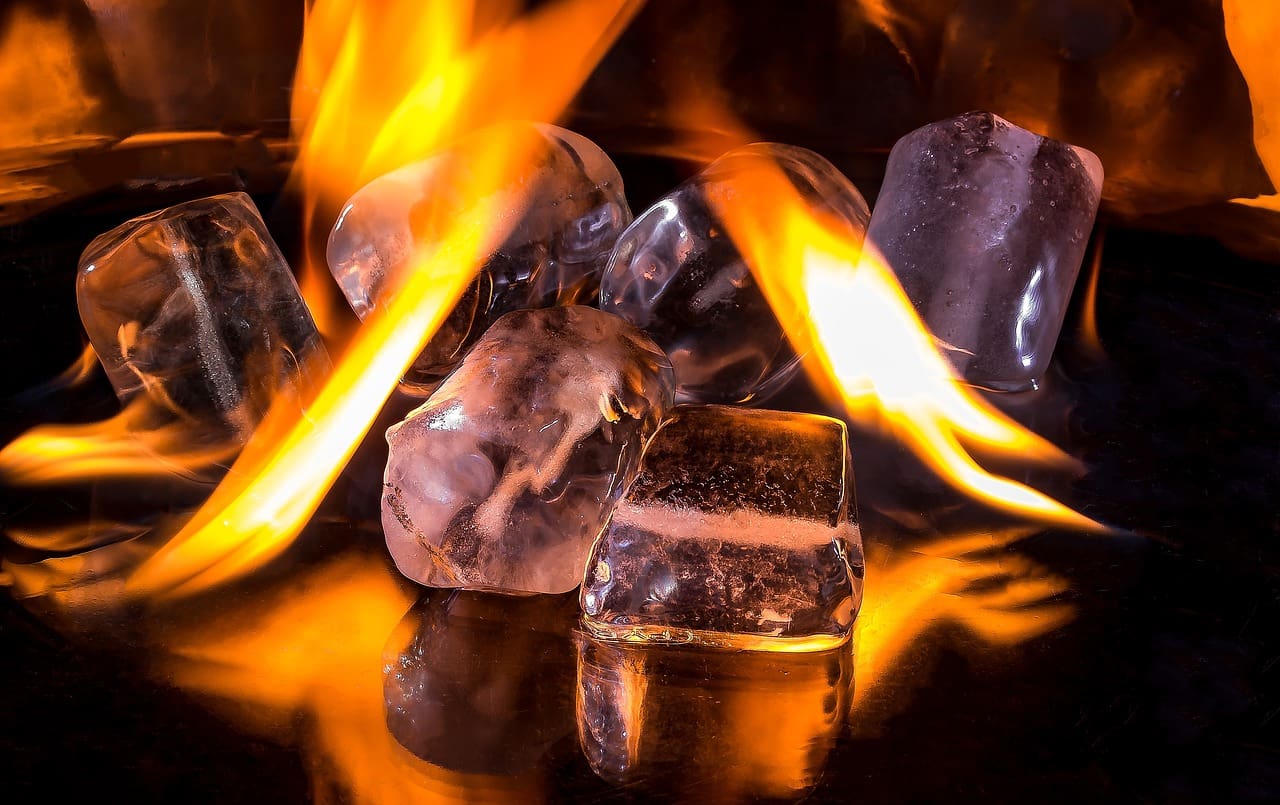Introduction
Hot yoga, often synonymous with Bikram yoga, has surged in popularity over the last few years. A form of yoga practiced under high heat and humidity, hot yoga has become a global phenomenon. This blog post offers an insightful look at hot yoga – what to expect, how to prepare, and why it’s beneficial for you.
Understanding the Hot Yoga Style
What is Hot Yoga?
Hot yoga, as the name suggests, is a type of yoga practiced in a room heated to temperatures typically around 40°C (105°F). This practice often also involves a certain level of humidity, usually around 40%. The intention behind the hot and humid environment is to mimic the conditions in India, the birthplace of yoga.
This form of yoga was popularised by Bikram Choudhury in the 1970s, who developed Bikram Yoga, a specific type of hot yoga consisting of 26 poses and two breathing exercises performed over 90 minutes. However, it’s essential to note that Choudhury has been subject to various allegations, including sexual assault, leading many studios to distance themselves from his brand and rename their hot yoga classes.
Hot yoga has since evolved, and there are now many types of hot yoga, including Moksha Yoga and Forrest Yoga, each with their unique sequences and styles.
Key Elements of Hot Yoga
The defining element of hot yoga is the heated room. The room’s heat aims to warm up the body, allowing for a deeper stretch and increased flexibility. It also induces sweat, which is believed to help detoxify the body.
Hot yoga classes are typically structured to provide a comprehensive workout. They combine challenging sequences, which often include traditional yoga poses such as standing postures, backbends, forward folds, and inversions, with periods of relaxation.
Each class generally lasts 60 to 90 minutes, providing a full-body workout that stretches and strengthens various muscles while also providing cardiovascular exercise. The sessions also incorporate breathing exercises, promoting relaxation and mental focus.
What to Expect in a Hot Yoga Session
The Hot Yoga Environment
Stepping into a hot yoga studio, you can expect an environment with high heat and humidity. The room’s temperature and humidity levels are deliberately elevated to simulate the hot and humid conditions of India, the birthplace of yoga.
Sweat is an integral part of the hot yoga experience. The high heat in the room leads to increased sweat, which is believed to help in detoxifying the body. Moreover, the humid conditions encourage flexibility, allowing practitioners to stretch further into their poses.
The Flow of a Hot Yoga Class
A typical hot yoga class, such as a Bikram yoga session, lasts for 90 minutes and includes a fixed sequence of 26 poses and two breathing exercises. The class usually starts with a breathing exercise, followed by a series of standing and seated poses, and concludes with a final breathing exercise.
These poses range from simple stretches to complex postures that challenge balance, strength, and flexibility. The heat and humidity in the room can make these poses more challenging, but also allow for deeper stretches.
Preparing for Hot Yoga: Tips for Success
Physical Preparations
First and foremost, hydration is key. Hot yoga classes often cause participants to sweat significantly, and replenishing the lost water is vital to avoid dehydration. Start hydrating at least two hours before the class, and continue drinking water throughout and after the session. In addition to water, it might be beneficial to consume a sports drink to replace lost electrolytes.
Food intake is another important consideration. It’s recommended to have a light meal a couple of hours before the class, ensuring you have enough energy for the session without feeling too full.
Make sure to dress appropriately for the class. Wear breathable, light clothing that allows you to move freely and can manage sweat. A good yoga mat and a towel are essential gear to bring along.
Mental Preparations
The intense heat and humidity in a hot yoga class can be overwhelming, especially for beginners. Hence, mentally preparing for the experience is crucial.
Practicing mindfulness and focusing on your breathing can help manage the challenging conditions. If you feel uncomfortable at any point during the class, it’s completely okay to take a break. Hot yoga is about respecting your body’s limits and pushing them gradually over time.
Remember, every yogi’s experience is unique. Don’t compare your progress with others in the class. Be patient with yourself, and with consistent practice, your stamina, flexibility, and heat tolerance will improve.
Unveiling the Benefits of Hot Yoga

The Sweat Benefit: More than Just Cooling Down
Hot yoga, with its high heat and humidity, causes practitioners to sweat profusely. But sweating is more than just the body’s cooling mechanism; it’s also a way to release toxins. According to research, the act of sweating can help detoxify the body, contributing to clearer, healthier skin.
Hot Yoga and Blood Circulation
One study found that hot yoga could improve blood circulation, particularly in the arms and legs. Improved circulation can lead to better cell growth and organ function. It can also help decrease the symptoms of certain health conditions, such as high blood pressure.
Calorie Burn in Hot Yoga
Hot yoga is an effective way to burn more calories than traditional yoga, thanks to the high heat and intense poses. The exact number of calories burned can vary depending on the individual, the intensity of the practice, and the specific type of hot yoga. Regardless, participants often report feeling a satisfying sense of accomplishment after a hot yoga workout.
:format(webp)/cdn.vox-cdn.com/uploads/chorus_image/image/46294764/bikram-yoga1.0.0.png)
Conclusion
Hot yoga, whether it be Bikram, Moksha, or Forrest style, offers a unique blend of physical challenge and mental discipline. The heated room and challenging poses push your body to new limits, while the focus on breathing and mindfulness grounds the practice in traditional yoga principles.
If you’re looking for a way to intensify your yoga practice, burn more calories, and potentially improve your circulation and skin health, hot yoga may be worth a try. Remember, it’s essential to prepare adequately, stay hydrated, and most importantly, listen to your body.
- Hunter, S. D., Dhindsa, M. S., Cunningham, E., Tarumi, T., Alkatan, M., Nualnim, N., & Tanaka, H. (2013). The effect of Bikram yoga on arterial stiffness in young and older adults. Journal of alternative and complementary medicine (New York, N.Y.). Link
FAQs
- Can beginners do hot yoga?
Absolutely! While hot yoga can be challenging, especially in the beginning due to the heat and intense movements, beginners are encouraged to try it out. It’s important, however, to listen to your body and take breaks when needed. If you have any medical issues or are pregnant, it’s best to consult your doctor before beginning hot yoga.
- Why is hot yoga so expensive?
Hot yoga classes can be pricier than regular yoga due to the additional costs involved. These include heating the room to around 105 degrees and maintaining a specific level of humidity, which require specific equipment and higher utility bills. Additionally, hot yoga instructors usually undergo special training, which also contributes to the cost.
- What happens during hot yoga?
During a hot yoga class, you’ll perform a variety of yoga poses in a room heated to around 105°F with about 40% humidity. The class may last between 60 and 90 minutes, combining challenging sequences with relaxation periods. The heat facilitates deeper stretches, promotes sweating, and may help reduce stress levels.
- What is the goal of hot yoga?
The goal of hot yoga is to improve overall fitness, flexibility, and mental focus. The heat and humidity create a challenging environment that can push your physical and mental boundaries, potentially leading to enhanced strength, flexibility, stress reduction, and even symptom relief for those struggling with depression.
- Do you actually lose weight from hot yoga?
Hot yoga can contribute to weight loss as it involves intense movement, which can increase the heart rate and burn calories. However, it’s worth noting that a balanced diet and regular exercise are essential for sustainable weight loss.
- Why is hot yoga better than regular?
While “better” is subjective and depends on personal preference, some practitioners prefer hot yoga due to the intense, sweat-inducing workout it provides. The heated environment allows for deeper stretches and could provide a greater calorie burn than yoga performed at a lower temperature. Plus, many find the practice of yoga in a hot environment therapeutic and beneficial for stress relief.
- How do I prepare for hot yoga for the first time?
If you’re preparing for your first hot yoga class, start by hydrating well before, during, and after the class, as you’ll lose a lot of water through sweat. You might also consider having a sports drink to replenish lost electrolytes. Wear light, breathable clothing, and bring a towel and a good yoga mat. Finally, come with an open mind, be patient with yourself, and remember that it’s okay to take breaks during the class.





















